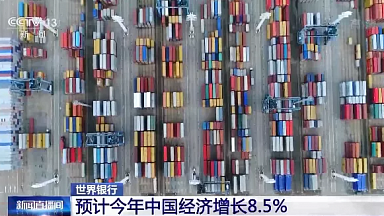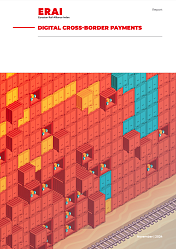A significant focus is placed on the ongoing rerouting of vessels around the Cape of Good Hope due to safety concerns in the Red Sea. This diversion results in extended voyage times and imbalances in vessel availability, placing additional pressure on schedule reliability and port operations, particularly in Europe and Asia. Consequently, many ports are witnessing increased yard congestion and delays in container turnaround, particularly during the early onset of peak season activity.
Compounding these logistical challenges are macroeconomic and policy-related shifts. In the United States, proposed policy under Section 301 of the Trade Act would introduce a series of punitive port fees for Chinese-manufactured vessels, possibly up to $1.5 million per port call. This policy, though not yet enacted, signals a broader effort to reconfigure global supply chains and support the domestic shipbuilding industry. Analysts anticipate a medium-term effect on carrier route planning and chartering decisions, especially for U.S.-bound shipments.
Meanwhile, the global demand outlook is becoming more volatile. Ocean freight rates, particularly on the Asia—Europe and Transpacific trade lanes, have declined sharply since their December 2024 peak. The Shanghai Containerized Freight Index (SCFI), which reflects spot rate trends, has stabilized at lower levels, and carriers are increasingly resorting to blank sailings and slow steaming to optimize vessel utilization. Despite these efforts, capacity management remains challenging. The global idle fleet remains relatively low, but the rate of new vessel deliveries—especially those exceeding 24,000 TEU—poses risks of market overcapacity in 2026 and beyond.
In terms of infrastructure, major container ports are under strain. European gateways such as Rotterdam and Hamburg, along with Asian hubs like Singapore and Busan, are experiencing congestion due to unscheduled vessel arrivals and an uptick in dwell times. This, combined with inland transport bottlenecks and chassis shortages, is contributing to a rise in end-to-end lead times for shippers. Additionally, carbon emissions tracking and reporting regulations continue to evolve, with the EU’s Emissions Trading System (ETS) now applicable to maritime transport as of January 2024, influencing both carrier operations and freight pricing models.
On the economic front, global trade growth remains subdued. The IMF’s revised global GDP forecast of 2.5% for 2025 is symptomatic of persistent inflationary pressures and weakening industrial output, particularly in the Americas. While China’s manufacturing sector has shown signs of mild recovery, European consumer demand remains constrained, and inventory destocking trends continue across multiple industries. DHL’s report emphasizes that despite short-term rate fluctuations, structural changes in supply chains—driven by regionalization, nearshoring, and regulatory pressure—are likely to reshape containerized trade flows in the coming years.
In summary, the ocean freight sector is navigating a turbulent environment characterized by prolonged geopolitical instability, uneven economic recovery, regulatory transformation, and strategic realignment in carrier behavior. Flexibility and foresight are becoming essential tools for shippers seeking to mitigate risks and maintain resilience in 2025 and beyond.
Copyright © DHL International GmbH. All Rights Reserved.



